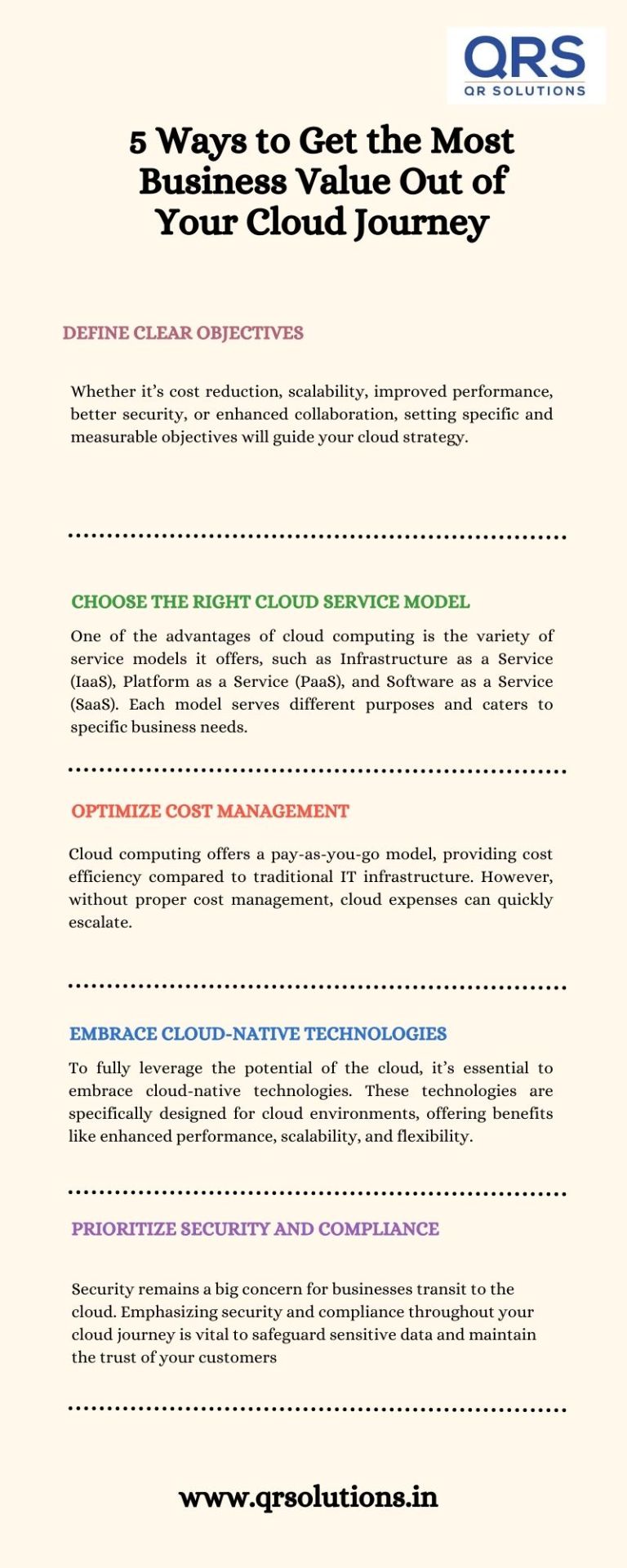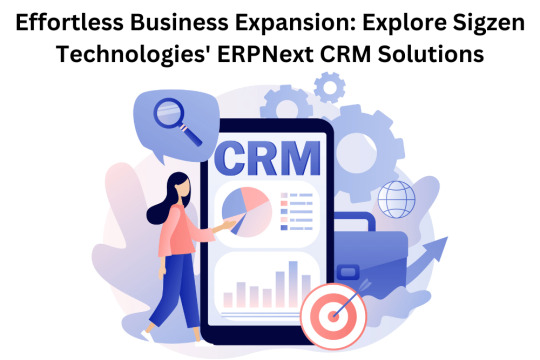#cloud scalability
Explore tagged Tumblr posts
Text
How Cloud Migration Services are Reshaping Business Operations
Cloud Migration Services Market: Trends, Growth, and Forecast
The Cloud Migration Services Market is witnessing significant growth as businesses increasingly adopt cloud-based solutions to enhance efficiency, scalability, and cost-effectiveness. As organizations strive to modernize their IT infrastructure, the demand for seamless and secure cloud migration services continues to rise.
Request Sample PDF Copy:https://wemarketresearch.com/reports/request-free-sample-pdf/cloud-migration-services-market/996
Cloud Migration Services Market Size and Share
The Cloud Migration Services Market Size is expanding rapidly, driven by the increasing need for enterprises to move their workloads, applications, and data to the cloud. The market is segmented based on service types, deployment models, enterprise sizes, and industries. With the growing adoption of hybrid and multi-cloud strategies, the Cloud Migration Services Market Share is being distributed across major cloud service providers such as AWS, Microsoft Azure, and Google Cloud Platform.
Cloud Migration Services Market Growth and Trends
The Cloud Migration Services Market Growth is fueled by various factors, including digital transformation initiatives, cost savings, improved security measures, and enhanced operational efficiency. Enterprises are leveraging AI and automation in cloud migration processes, further accelerating adoption rates. Among the key Cloud Migration Services Market Trends, hybrid and multi-cloud deployments are gaining momentum as businesses seek flexibility and risk mitigation strategies.
Key Drivers of Market Growth
Several factors are propelling the growth of the cloud migration services market:
Adoption of Hybrid Cloud Solutions: Organizations are increasingly implementing hybrid cloud strategies to optimize workloads, enhance data management, and reduce operational costs.
Need for Business Agility: The demand for rapid and streamlined application deployment through pay-as-you-go models has made cloud migration services essential for modern business strategies.
Implementation of Automation Solutions: The growing adoption of automation tools in cloud migration processes reduces manual intervention, accelerates time-to-value, and ensures compliance.
Market Segmentation
The cloud migration services market can be segmented based on service type, deployment model, organization size, application, and vertical:
Service Type: Includes automation, integration, disaster recovery, application hosting and monitoring, DevOps, training and consulting, support and maintenance.
Deployment Model: Comprises public, private, and hybrid clouds.
Organization Size: Caters to both large enterprises and small and medium-sized enterprises (SMEs).
Application: Encompasses project management, infrastructure management, security and compliance management, among others.
Verticals: Serves various sectors such as banking, financial services, and insurance (BFSI), healthcare and life sciences, telecommunications and ITES, manufacturing, retail, and entertainment.
Cloud Migration Services Market Price and Potential
The Cloud Migration Services Market Price varies based on factors such as migration complexity, the volume of data, customization requirements, and additional security features. Enterprises are investing in cloud migration services to reduce operational expenses and improve system performance. The Cloud Migration Services Market Potential remains vast, with small and medium-sized enterprises (SMEs) increasingly adopting cloud migration strategies to compete with larger enterprises.
Cloud Migration Services Market Forecast and Analysis
The Cloud Migration Services Market Forecast suggests continued expansion, with a projected compound annual growth rate (CAGR) in the coming years. The market's upward trajectory is supported by increased cloud adoption across industries, advancements in cloud technologies, and the rising need for remote work solutions. A comprehensive Cloud Migration Services Market Analysis indicates that North America and Europe hold a dominant position, while the Asia-Pacific region is emerging as a key growth market due to rapid digitization efforts.
Competitive Landscape
The cloud migration services market is characterized by the presence of major players such as Accenture PLC, IBM Corporation, Amazon Web Services Inc., Cisco Systems Inc., and Microsoft Corporation.
These companies are continually innovating and expanding their service offerings to cater to the evolving needs of businesses undergoing cloud transformation.
Future Outlook
The cloud migration services market is poised for continued growth, driven by technological advancements, increasing adoption of hybrid and multi-cloud strategies, and the rising need for business agility and automation. As organizations continue to prioritize digital transformation, the demand for efficient and secure cloud migration services is expected to escalate, offering significant opportunities for service providers in this dynamic market.
Regional Insights
North America holds a significant share of the cloud migration services market, attributed to its advanced technological infrastructure and mature IT landscape. The region's businesses leverage cloud solutions to gain enhanced flexibility, scalability, cost efficiency, and business continuity.
Other regions, including Europe and Asia-Pacific, are also witnessing substantial growth due to increasing digital transformation initiatives and cloud adoption.
Related Report:
Fraud Detection and Prevention Market:
https://wemarketresearch.com/reports/fraud-detection-and-prevention-market/1114
Video Conferencing Market:
https://wemarketresearch.com/reports/video-conferencing-market/929
Conclusion
The Cloud Migration Services Market is poised for substantial growth as businesses increasingly rely on cloud-based solutions. With evolving Cloud Migration Services Market Trends, enterprises are embracing hybrid and multi-cloud approaches, automation, and AI-driven migration tools. As the demand for cloud migration services rises, organizations must stay informed about Cloud Migration Services Market Analysis and forecasts to make strategic decisions that align with their digital transformation goals.
#Cloud Migration#Cloud Computing#Cloud Services#Cloud Transformation#Cloud Adoption#Digital Transformation#Cloud Infrastructure#Cloud Strategy#IT Modernization#Enterprise Cloud Solutions#Hybrid Cloud#Public Cloud#Private Cloud#Multi-Cloud#Cloud Security#Cloud Cost Optimization#Cloud Service Providers#Cloud Migration Tools#Cloud Integration#Data Migration#Cloud Scalability
0 notes
Text
Discover how AWS enables businesses to achieve greater flexibility, scalability, and cost efficiency through hybrid data management. Learn key strategies like dynamic resource allocation, robust security measures, and seamless integration with existing systems. Uncover best practices to optimize workloads, enhance data analytics, and maintain business continuity with AWS's comprehensive tools. This guide is essential for organizations looking to harness cloud and on-premises environments effectively.
#AWS hybrid data management#cloud scalability#hybrid cloud benefits#AWS best practices#hybrid IT solutions#data management strategies#AWS integration#cloud security benefits#AWS cost efficiency#data analytics tools
0 notes
Text
0 notes
Text

In today’s fast-paced digital landscape, the cloud has emerged as a transformative technology that empowers businesses with flexibility, scalability, and cost-effectiveness. Migrating to the cloud is no longer an option but a necessity to stay competitive.
#Cloud migration strategies#Business value optimization#Cloud journey best practices#Cloud adoption benefits#Cost-effective cloud utilization#Cloud-native applications#Cloud scalability#Hybrid cloud solutions#Cloud security measures#Cloud cost management#Cloud performance monitoring#Cloud vendor selection#Cloud infrastructure optimization#Cloud data management#Agile cloud transformation
0 notes
Text

🚀 Your Workflow Deserves an Upgrade! 🚀 Ready to take your business to the next level? 💼✨ Get our FREE ERP DEMO and see the results for yourself! 🌟
#magtec#erp#automation#business#efficiency#software#technology#innovation#digitaltransformation#enterprise#solutions#productivity#success#growth#management#finance#humanresources#supplychain#logistics#cloud#saas#onpremises#hybrid#integration#scalability#customization#support#trustedpartner#magtecerp#magtecsolutions
3 notes
·
View notes
Text
Cloud Hosting in India offers unmatched reliability, scalability, and performance, making it the go-to choice for businesses of all sizes. At Website Buddy, we provide cutting-edge cloud hosting solutions designed to deliver blazing-fast speeds, robust security, and seamless uptime. Whether you're launching a startup or managing a growing enterprise, our cost-effective plans cater to your needs. Enjoy easy scalability, 24/7 customer support, and advanced features that keep your website running smoothly. Trust Website Buddy for affordable and efficient cloud hosting in India to take your online presence to the next level!
#Cloud Hosting in India#Affordable Cloud Hosting#Best Cloud Hosting Services#Scalable Cloud Hosting India#Reliable Web Hosting Solutions#Website Buddy Hosting#Cheap Cloud Hosting India#Fast and Secure Hosting
3 notes
·
View notes
Text
Where Can You Host Your Joomla Blog Site, and What Is the Best Option?
I introduce 7 alternative hosting options with pros and cons for Joomla bloggers. As a writer, I enjoy content development in different forms and have been blogging for a long time. I benefit from it a lot to gain visibility of my YouTube videos, podcasts, gaming articles, Medium stories, and Substack newsletters. Unfortunately, I had to close my big YouTube channel for health reasons years…
#blog hosting#blogging#Blogging tips for beginners#business#Cloud Hosting#Dedicated Server Hosting#Factors to Consider When Choosing a Host#Free Hosting#hosting#hosting alternatives of Joomla#Joomla#Joomla Compatibility:#Joomla Customer Support#Joomla Scalability#joomla Security#Managed Joomla Hosting#Medium#Self-Hosting#shared hosting#stories#technology#the best hosting option is the one that aligns with your growth goals and technical expertise.#Uptime and Performance for Joomla#VPS Hosting (Virtual Private Server)#writers#writing
2 notes
·
View notes
Text
Effortless Business Management: ERPNext CRM Services by Sigzen Technologies
In the dynamic landscape of modern business operations, staying ahead requires more than just hard work – it demands smart solutions. Enter ERPNext CRM, a powerhouse tool designed to streamline business management processes with precision and efficiency. Together, ERPNext CRM paves the way for optimized workflows, enhanced productivity, and unparalleled business growth. So, buckle up as we…

View On WordPress
#business growth#Business Management#Cloud Solutions#CRM#Customer Support#ERP Next#Integrated Solutions#InventoryManagement#Scalable Solutions#Workflow Automation
2 notes
·
View notes
Text
The Top Choice: Oracle Enterprise Resource Planning Cloud Service for Your Business Success
Are you searching for the best solution to streamline your business operations? Look no further than the Top Choice: Oracle Enterprise Resource Planning (ERP) Cloud Service. In today's fast-paced business world, organizations need a robust ERP solution to optimize their processes, enhance productivity, and drive growth. Oracle ERP Cloud Service, crowned as the best in the industry, offers a comprehensive suite of tools designed to meet the demands of modern businesses.
Why Choose the Best: Oracle Enterprise Resource Planning Cloud Service?
Oracle ERP Cloud Service stands out as the Best Option for businesses across various industries. Here's why:
Scalability: Easily scale your ERP system as your business grows, always ensuring seamless operations.
Integration: Integrate ERP with other Oracle Cloud services for a unified business platform.
Real-time Insights: Gain valuable insights into your business with real-time analytics, enabling data-driven decision-making.
Security: Rest easy knowing your data is secure with Oracle's advanced security features.
Frequently Asked Questions about the Best Choice: Oracle ERP Cloud Service
Q1: What modules are included in Oracle ERP Cloud Service?
A1: Oracle ERP Cloud Service includes modules for financial management, procurement, project management, supply chain management, and more. Each module is designed to optimize specific aspects of your business.
Q2: Is Oracle ERP Cloud Service suitable for small businesses?
A2: Yes, Oracle ERP Cloud Service is scalable and can be tailored to meet the needs of small, medium, and large businesses. It offers flexible solutions suitable for businesses of all sizes.
Q3: How does Oracle ERP Cloud Service enhance collaboration among teams?
A3: Oracle ERP Cloud Service provides collaborative tools that enable teams to work together seamlessly. Features like shared calendars, document management, and task tracking enhance communication and collaboration.
Conclusion: Empower Your Business with the Best ERP Solution
Oracle Enterprise Resource Planning Cloud Service is not just a choice; it's the Ultimate Solution for businesses seeking to optimize their operations. By harnessing the power of Oracle ERP, you can streamline processes, improve efficiency, and drive innovation. Don't let outdated systems hold your business back. Embrace the future with Oracle ERP Cloud Service and propel your business to new heights.
Ready to transform your business? Contact us today to explore the endless possibilities with the best ERP solution on the market.
#oracle#oracle erp#rapidflow#oracle erp cloud service#best erp solution#oracle erp service providers#business#business automation#oracle services#enterprise software#scalability#integration#rpa#market#erp
3 notes
·
View notes
Text
Unlock the Secrets of Cloud Design Mastery: Dive into the Well-Architected AWS Framework for Unparalleled Cloud Excellence! ☁️
Enhance Scalability, Security, and Efficiency. Start Your Journey Today!
2 notes
·
View notes
Text
How Cloud Gaming Software Development Is Redefining Mobile Gaming
Gaming evolves with tech, but cloud gaming software marks a true leap. As mobile use soars, its blend with cloud systems is driving the next gaming revolution.

#cloud native game tech#custom mobile app development company in usa#custom software development company in usa#data driven custom software development services#esports software development services#scalability mobile gaming
0 notes
Text
Discover VastEdge’s Cloud Automation services, helping businesses streamline and optimize cloud infrastructure with cutting-edge automation tools. Achieve higher efficiency, reduce costs, and enhance scalability across cloud platforms. Partner with VastEdge for seamless cloud automation solutions.
#cloud automation#cloud optimization#cloud infrastructure automation#VastEdge cloud services#automation tools#cloud scalability#cloud cost reduction#streamline cloud infrastructure#cloud solutions#business cloud automation
0 notes
Text
Discover the freedom of limitless file sharing and storage with eShare.ai – your all-in-one platform for managing, storing, and sharing data without limits. Whether you're a business, creator, or team collaborating across locations, eShare.ai delivers high-speed, secure, and scalable storage designed for today’s digital workflows. Say goodbye to space restrictions and hello to seamless data access.
#eShare.ai#unlimited storage#file sharing platform#cloud storage#secure file management#data sharing#SaaS file solutions#scalable storage#team collaboration#productivity tools#storage without limits#online data platform
0 notes
Text

In today’s fast-paced digital landscape, the cloud has emerged as a transformative technology that empowers businesses with flexibility, scalability, and cost-effectiveness. Migrating to the cloud is no longer an option but a necessity to stay competitive.
#Cloud migration strategies#Business value optimization#Cloud journey best practices#Cloud adoption benefits#Cost-effective cloud utilization#Cloud-native applications#Cloud scalability#Hybrid cloud solutions#Cloud security measures#Cloud cost management#Cloud performance monitoring#Cloud vendor selection#Cloud infrastructure optimization#Cloud data management#Agile cloud transformation
0 notes
Text

Transform your business with Magtec ERP! 🌐✨ Discover endless possibilities on a single platform. Book a demo today and see how we can elevate your operations to the next level! 🚀📈
#magtec#magtecerp#magtecsolutions#erp#businesssolutions#digitaltransformation#innovation#technology#growth#efficiency#productivity#cloud#automation#management#software#enterprise#success#analytics#customization#scalability#integration#teamwork#collaboration#strategy#data#support#consulting#businessdevelopment#transformation#leadership
4 notes
·
View notes
Text
ZeaCloud® Public Cloud – Scalable & Secure IaaS Solutions
ZeaCloud® offers automated, pay‑as‑you‑go Infrastructure‑as‑a‑Service (IaaS) based in New Delhi. Enjoy scalable storage, networking, and compute powered by NVMe and virtualization, with 24×7 AI‑augmented support and simplified self‑service interfaces. Ideal for enterprises seeking reliable, cost‑effective cloud transformation. for more details visit: Zeacloud- Public Cloud Page
#Public Cloud#Infrastructure as a Service (IaaS)#Scalable Cloud Solutions#Pay‑as‑you‑go Cloud#NVMe Storage#Managed Cloud Services#Automated Cloud Infrastructure#24×7 Cloud Support#Virtualization#Self‑Service Cloud Dashboard#ZeaCloud#Cloud in New Delhi#Secure Cloud Hosting
0 notes